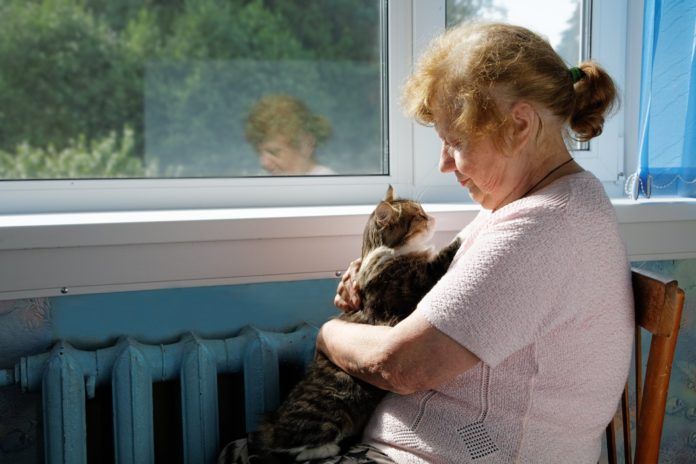@ alarich/Getty Images

Over the years, I’ve volunteered at a number of animal shelters. Sure, the locations and people varied, as did the type of facility. But the one thing that was consistent — and consistently upset me the most — was the presence of cats relinquished because their elderly owners needed to move into a long-term care facility of some sort.
At first, it’s easy to blame the relatives: ‘No one could take Grandma’s cat? It’s just one cat, after all!’ But the truth is that each situation was different, and sometimes it just wasn’t possible for the pet to seamlessly blend into another family member’s home.
And then, when I started to think about the flip side, I’d imagine a lonely senior citizen no longer able to stay in his or her home of fifty-plus years — plus the added heartbreak of losing a beloved pet.
In this publication, we repeatedly stress how imperative it is to make plans for your pets because we never know what the future may bring. But one thing that’s changing now is a more progressive way of taking care of our elders. Experts are seeing the obvious results in the quality of life and healing powers that animals bring into the lives of seniors — and the number of facilities that allow pets is growing.
You need to do your research and your homework to make sure it’s the right fit, of course, but at least there are more options now than there used to be. Read our article on page 3 of this issue to learn how it all works.
Also in this issue, we’re delving into the topic of anesthesia and why it’s safer today than ever before. However, the rampant problem with opioid abuse in our country is trickling down into hospitals and veterinary facilities, as pain killers are no longer as readily available as they once were.
And thanks so much to our readers who keep sending in photos of their cherished cats! Frankly, there are too many to simply “choose” the best one, so I’ll have to think of a fun way to highlight our readers’ cats in future issues.
Elizabeth Vecsi
Executive Editor




